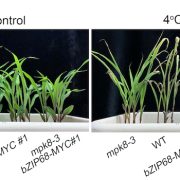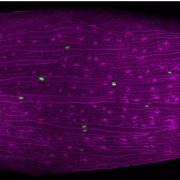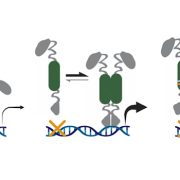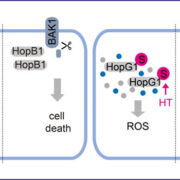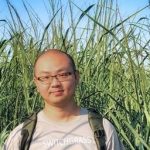Effectors breaking down the lignin fortress
Shreenivas Kumar Singh, Kamal Kumar, Praveen Kumar Verma
Background: Adapted pathogens exploit plants to get nutrition and shelter. Thus, a pathogen must overcome preformed structural barriers and suppress the immune system of the host by evolving tactics to invade and survive inside the host environment. Pathogen-secreted molecules (termed effectors) manipulate the signalling or metabolic machinery of the host to benefit the pathogen. These secreted effectors can act inside (intracellular) or outside (extracellular) the host cells. The legume crop chickpea (Cicer arietinum) is infected by a devastating fungus Ascochyta rabiei, resulting in ascochyta blight disease. Although genome sequencing and in planta expression studies have revealed various A. rabiei effectors, their targets inside chickpea are unknown.
Question: Which effectors are secreted at the early stage of A. rabiei infection? What are the targets of these effectors inside the chickpea host? How do A. rabiei effectors manipulate chickpea cellular signalling or metabolism to the pathogen’s advantage?
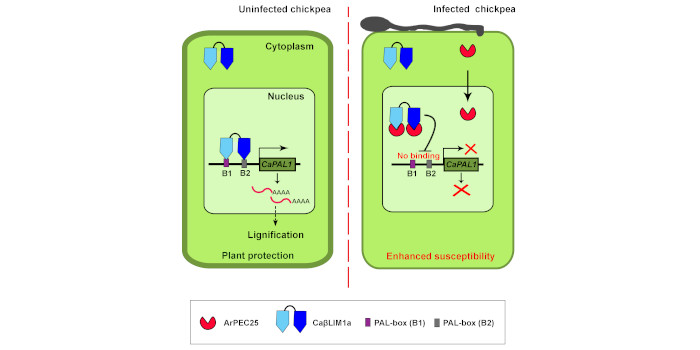 Findings: The early expressed effector ArPEC25 is essential for fungal virulence on chickpea. ArPEC25 is secreted by fungi and moves to the chickpea nucleus where it physically interacts with LIM transcription factors. The chickpea nuclear-localization of ArPEC25 is essential for its virulence activity, since it disrupts the DNA-binding activity of a CaβLIM1a factor, resulting in reduced expression of a phenylalanine ammonia-lyase (PAL) gene. The PAL enzyme is an important protein of the phenylpropanoid pathway that produces various molecules including lignin to provide structural strength to the plant cell. Thus, one mechanism by which ArPEC25 manipulates the host is by suppressing lignin levels in chickpea.
Findings: The early expressed effector ArPEC25 is essential for fungal virulence on chickpea. ArPEC25 is secreted by fungi and moves to the chickpea nucleus where it physically interacts with LIM transcription factors. The chickpea nuclear-localization of ArPEC25 is essential for its virulence activity, since it disrupts the DNA-binding activity of a CaβLIM1a factor, resulting in reduced expression of a phenylalanine ammonia-lyase (PAL) gene. The PAL enzyme is an important protein of the phenylpropanoid pathway that produces various molecules including lignin to provide structural strength to the plant cell. Thus, one mechanism by which ArPEC25 manipulates the host is by suppressing lignin levels in chickpea.
Next steps: The next challenge is to determine whether manipulating chickpea targets of ArPEC25 by genome-editing can result in tolerant chickpea plants. Also, we will try to explore the mechanism of ArPEC25 uptake in chickpea cells.
Reference:
Shreenivas Kumar Singh, Ankita Shree, Sandhya Verma, Kunal Singh, Kamal Kumar, Vikas Srivastava, Ritu Singh, Samiksha Saxena, Agam Prasad Singh, Ashutosh Pandey, Praveen Kumar Verma (2023). The nuclear effector ArPEC25 from the necrotrophic fungus Ascochyta rabiei targets the chickpea transcription factor CaβLIM1a and negatively modulates lignin biosynthesis, increasing host susceptibility. https://doi.org/10.1093/plcell/koac372


